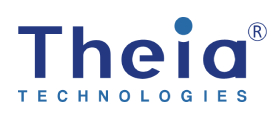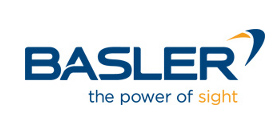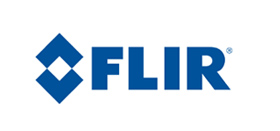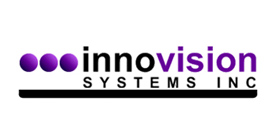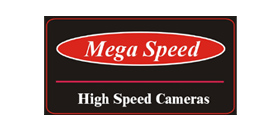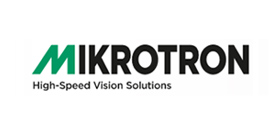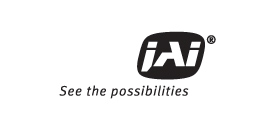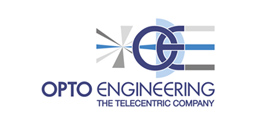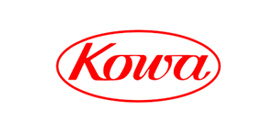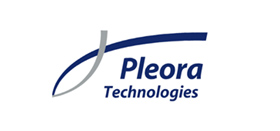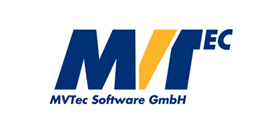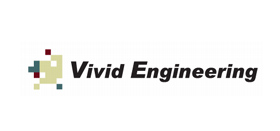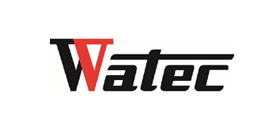Listen to this Article
Vision sensors, not to be confused with the digital sensors found within cameras, are a type of machine vision solution meant to perform simple presence/absence checks and provide pass/fail inspections in unstructured situations. The ability of a camera to take images is combined with the processing capacity of a computer to output results regarding the location, quality, and completeness of a produced part or product. Unlike other types of sensors, including fiber optic and ultrasonic sensors, vision sensors can handle multiple inspection points per target. This technology can also detect products or packages by pattern, feature, and color.
Vision sensors are used to inspect products across all industries. These inspections are carried out by first capturing an image, finding an object or feature in the image, and then searching for certain characteristics on that object or feature. Before inspections can be successfully run though, the field of view (FOV) must be configured. Once that’s done, an operator can use vision tools to evaluate various features for their presence, completeness, or orientation—all in a single image.
The capacity of the camera to record a properly lighted image of the inspected item is dependent not only on the lens, but also on the image sensor within the camera. To convert light (photons) to electrical signals, image sensors commonly use charge coupled device (CCD) or complementary metal oxide semiconductor (CMOS) technology (electrons). The image sensor's main function is to capture light and convert it to a digital picture while balancing noise, sensitivity, and dynamic range. The picture is made up of pixels. Dark pixels are produced by low light, and brilliant pixels are produced by high light. It is critical to ensure that the camera has the appropriate sensor resolution for the application. Part size, inspection tolerances, and other parameters influence the required resolution. The higher the resolution, the easier it is to see the detail within the image which will lead to more accurate measurements.
What Components Make Up a Vision Sensor?
Lighting, lenses, image sensors, controllers, vision tools, and communications protocols are all components shared by vision sensors. Many machine vision hardware components, including lighting modules, sensors, and CPUs, are commercially accessible off-the-shelf. They can also be purchased as an integrated system with all components in a single device.
Vision sensors feature several hardware components:
- >> Lens- Captures the images and presents it to the sensor in the form of light.
- >> Image Sensors-Converts light into a digital image which is sent to the processor for analysis.
- >> Vision Processing Tools- Process and optimize an image for analysis. This is done by reviewing the image and extracting required information or by using algorithms to run the necessaryinspection and making a related decision.
- >> Communications- A discrete I/O signal or data sent over a serial connection to a device that is either logging information or using it.
- >> Lighting- Illuminates the part being inspected, allowing its features to stand out so they can be clearly seen by camera.
ALSO READ: LED Color Temperature in Machine Vision
Back to All Robotics and Autonomous Systems Articles, Resources and News
Share This:
To Know More About Cognex Machine Vision sensors India Contact Menzel Vision and Robotics Pvt Ltd or Call Us At (+ 91) 22 35442505 or Email us at info@mvrpl.com
Source - www.cognex.com



